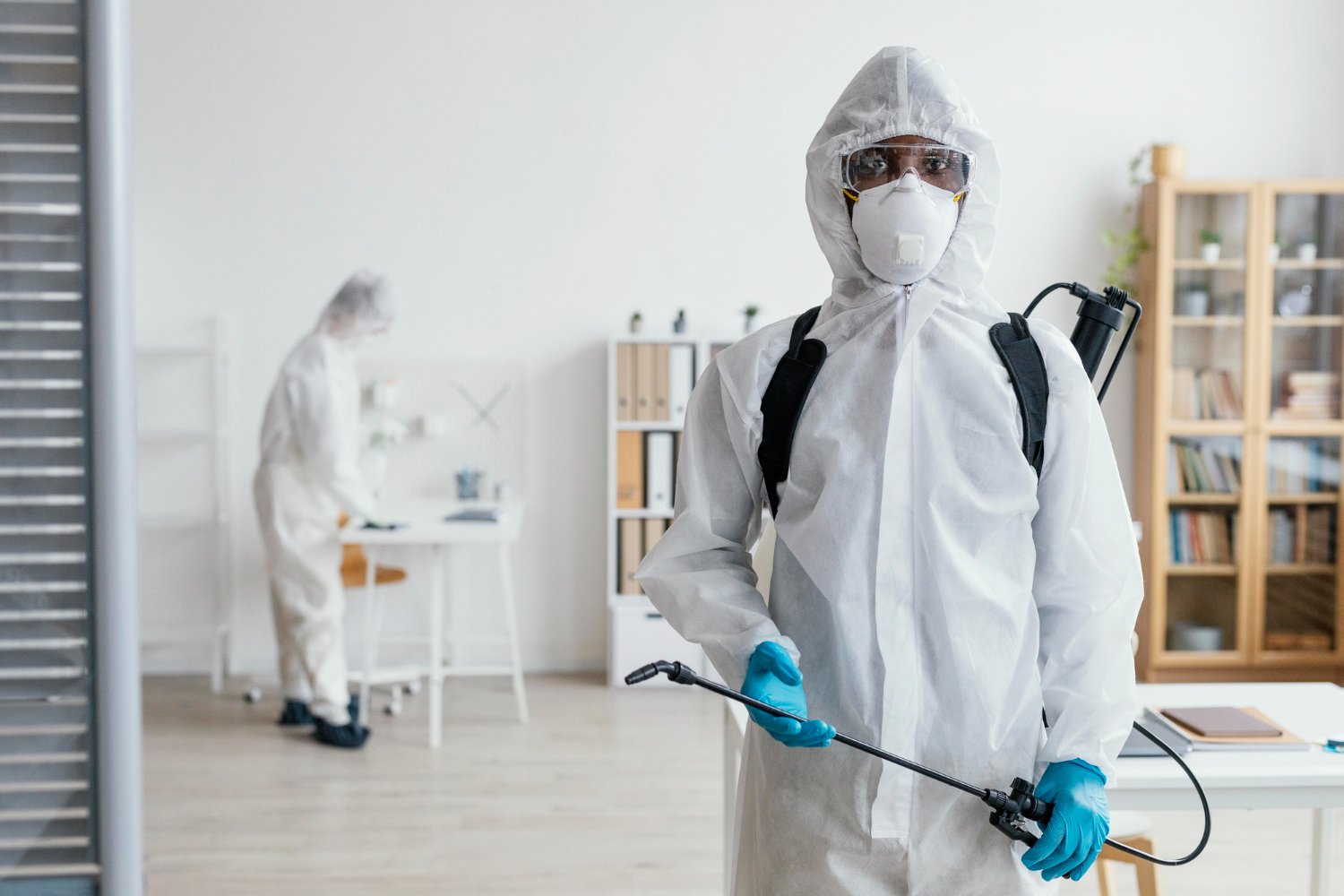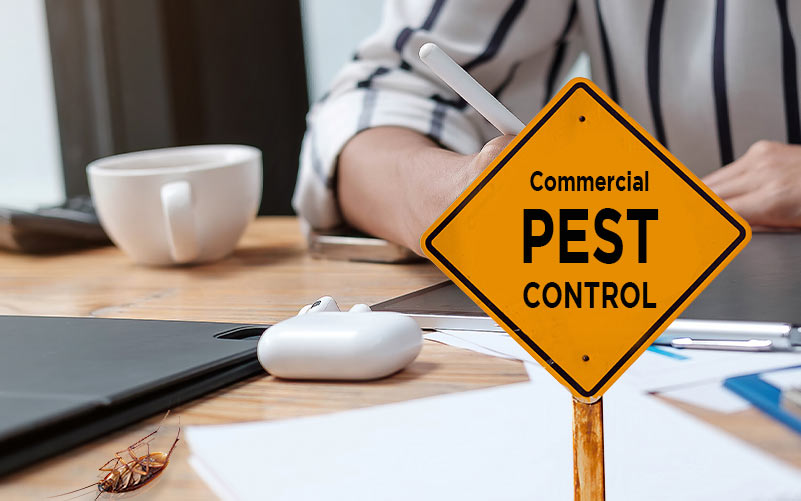A1 Bed Bug Exterminator Charlotte - Efficient and Affordable Services
A1 Bed Bug Exterminator Charlotte - Efficient and Affordable Services
Blog Article
Bed Insect Therapy Break Down: Comparing Chemical Vs. Non-Chemical Solutions
In the realm of bug control, particularly when handling the persistent problem of bed pests, the choice between chemical and non-chemical treatment remedies can be a pivotal one. Both methods supply distinct advantages and disadvantages, affecting elements such as efficiency, safety and security considerations, and total cost. By examining the nuanced details of each technique, a more clear understanding of which course to pursue in dealing with a bed insect problem can be acquired.
Effectiveness of Chemical Treatments
Chemical therapies for bed insect problems have actually been widely recognized for their fast and potent efficiency in eradicating these bugs. When taking into consideration the effectiveness of chemical treatments, it is essential to comprehend that they can supply a thorough and fast solution to a bed pest trouble. Specialist pest control specialists typically rely upon pesticides to target bed bugs at numerous phases of their life process, consisting of fairies, eggs, and grownups. These chemicals usually function by interfering with the bed pests' nerves, causing paralysis and ultimate death.
Furthermore, chemical treatments have the benefit of using residual results, indicating that they can remain to remove bed insects even after the first application. This recurring action is specifically helpful in combating any possible re-infestations. Furthermore, the rapid activity of chemical treatments can bring alleviation to individuals encountering serious bed bug invasions, allowing them to regain control of their home swiftly.
Safety Problems With Chemical Solutions
One critical facet that calls for cautious consideration when using chemical services for bed insect treatment is guaranteeing the safety of residents and the environment. Exposure to certain chemicals made use of in bed pest therapies can lead to respiratory system problems, skin inflammation, or other adverse responses, specifically in people with pre-existing problems or sensitivities.
Furthermore, the environmental impact of chemical options is one more substantial factor to consider. Some pesticides used in bed bug therapies might be damaging to useful bugs, wildlife, and communities if they leach right into the soil or water systems. It is essential to make use of chemical therapies sensibly, following safety and security guidelines, and considering much less hazardous alternatives to mitigate these threats and guarantee the reliable and secure monitoring of bed insect infestations.
Advantages of Non-Chemical Approaches
Taking into consideration the prospective safety worries and environmental influence connected with chemical remedies for bed pest treatment, checking out non-chemical approaches offers a promising alternative with a number of unique benefits. Non-chemical techniques supply a much safer choice for households, especially those with pets, individuals, or children delicate to rough chemicals. These techniques remove the dangers of direct exposure to toxic compounds, lowering the possibility for adverse health and wellness results. Additionally, non-chemical treatments are eco-friendly, as they do not add to air or water contamination, making them a lasting selection for insect control.
Furthermore, non-chemical services can be effective in targeting bed insects, including hard-to-reach areas where chemical treatments may not penetrate - A1 pest control services charlotte. Approaches such as warm treatment, vacuuming, vapor cleaning, and mattress coverings give thorough removal without the usage of dangerous chemicals.
Limitations of Non-Chemical Treatments

Additionally, non-chemical therapies often call for several applications to accomplish successful obliteration. This can be time-consuming and may not constantly guarantee full removal of all bed bugs and their eggs, especially in hard-to-reach or surprise places.
In addition, the success of non-chemical therapies greatly counts on correct implementation and thoroughness, which can be challenging for individuals without professional know-how. Poor application of non-chemical approaches may result in over here incomplete eradication, resulting in consistent problems and the demand for added treatments.
As a result, while non-chemical therapies have their advantages, it is vital to recognize these restrictions and consider them when figuring out the most reliable technique for taking care of bed pest invasions.
Expense Comparison: Chemical Vs. Non-Chemical Options
Provided the restrictions connected with non-chemical treatments, an essential facet to review in the context of bed pest administration is the expense comparison between chemical and non-chemical alternatives. Chemical therapies normally involve the application of pesticides by experts, which can range from $250 to $900 per space, depending on the extent of the problem and the dimension of the area to be dealt with. On the other hand, non-chemical treatments like heat therapy or heavy steam can be much more expensive, with prices varying from $1,000 to $6,000 for an entire home. While the preliminary expense of chemical treatments might seem lower, several treatments may be called for to completely eliminate the problem, possibly increasing the overall expense. On the various other hand, non-chemical choices check my site might offer a much more lasting and environment-friendly option, although they can be cost-prohibitive for some people. Ultimately, when considering the price of bed bug therapy options, it is vital to weigh the ahead of time costs versus the performance and long-term sustainability of the selected technique.
Verdict

Considering the potential safety and security issues and environmental influence connected with chemical solutions for bed pest treatment, exploring non-chemical strategies provides a promising choice with several distinctive benefits.Given the constraints associated with non-chemical therapies, a vital aspect to review in the context of bed pest monitoring is the price comparison between chemical and non-chemical choices. In comparison, non-chemical treatments like warmth treatment or vapor can be much more pricey, with expenses varying from $1,000 to $6,000 for an entire home. While the first expense of chemical treatments might seem lower, multiple treatments might be needed to totally eliminate the problem, possibly boosting the general expense.In verdict, when comparing chemical and non-chemical bed insect therapy options, it is crucial to think about performance, safety, advantages, constraints, and cost.
Report this page